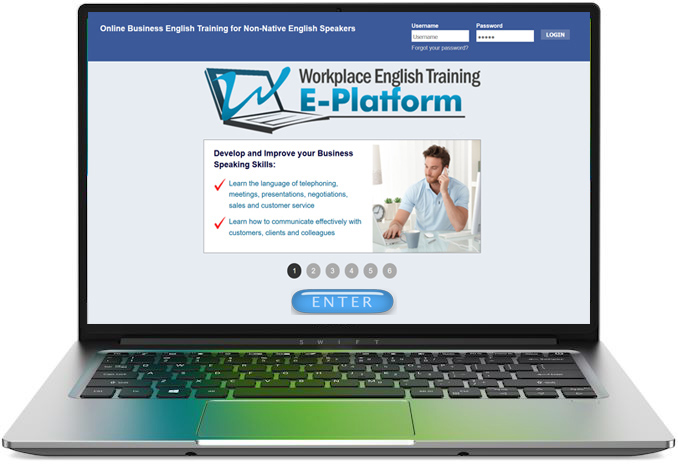In-Depth Tips from Dr English
 Dr English is the resident expert in language and communication training at Workplace English Training E-Platform (WETE). The informative and often in-depth articles below will help more advanced learners to understand and improve various aspects of their English, especially the English they need for work. You can read Dr English's tips on your PC, laptop or mobile device. These articles are only available for members of WETE. If you would like to subscribe and receive email notifications of future postings, please subscribe by clicking the Newsletter link above.
Dr English is the resident expert in language and communication training at Workplace English Training E-Platform (WETE). The informative and often in-depth articles below will help more advanced learners to understand and improve various aspects of their English, especially the English they need for work. You can read Dr English's tips on your PC, laptop or mobile device. These articles are only available for members of WETE. If you would like to subscribe and receive email notifications of future postings, please subscribe by clicking the Newsletter link above.
The Direct Approach to Giving Bad News in Business Correspondence |
23 Aug 2022
|
|
Giving and receiving bad news is an unhappy fact of business life because it disappoints, irritates, and even angers both the givers and the receivers. So, it must be written carefully. The negative feelings associated with bad news can be reduced if the reader knows the reasons for the rejection, and the bad news is revealed with sensitivity.
This is an approach which states the bad news at the beginning of the message. Starting with the bad news at the beginning has the advantage of requiring the audience to spend less time before reaching the main message. Memos are often organized so that the bad news comes before the reasons. Often in business people expect internal correspondence to be brief and direct, regardless of whether or not the news is positive or negative. But you still need to use a tactful tone, to focus on the reasons, and a courteous close. Messages using the direct tone tend to communicate the feeling that the writer is firm and strong, so they are often most appropriate in situations where it is a memo to a subordinate or a colleague, rather than a superior. However, the direct approach is appropriate if you know that your boss prefers internal messages to get right to the point. It is also appropriate if the message has little personal impact, and if you want to make your point in an emphatic (strong) way. When you write a message using the direct plan, you can use this structure. State the bad news in the first paragraph, but don’t forget to refer to the background so that the reader is orientated to your message and then state the negative message in the first paragraph. Make sure you give the background to the negative message, state the problem clearly and politely. You can say;
Outline reasons supporting your negative message; cover the more positive points first, then move to the less positive ones. Provide enough detail for the audience to understand your reasons. But be concise; a long, roundabout explanation may make the audience impatient. You can say;
End with a positive close; after giving the reasons your job is to end the message on a more upbeat note. You might propose a solution, outline further action, or express the hope that the working relationship you have enjoyed in the past will continue, if this is appropriate. You can say;
|
||||
Subscribe to Workplace English Training E-Platform
Improve your business English through the world’s best and most comprehensive online platform

INCLUDES:
 Business English level test
Business English level test
 2000+ online lessons/interactive exercises
2000+ online lessons/interactive exercises
 My Learning Path module (members build their own courses from our content).
My Learning Path module (members build their own courses from our content).
 My Courses module (members can select from a number of course options).
My Courses module (members can select from a number of course options).
 Database of sample business documents
Database of sample business documents
 Library of 2600+ downloadable offline training resources
Library of 2600+ downloadable offline training resources
 Podcast lessons, tips, ebook training guides, fun stuff
Podcast lessons, tips, ebook training guides, fun stuff
 Student Helpline
Student Helpline
Key Benefits
- Focus only on the English you need for work.
- Learn at your own pace in your own time.
Latest Newsletters
- Business Word/Phrase of the Day - TO BE ON THE MAKE
- English Bites! - How to Fix Run-on Sentences
- Workplace English Podcasts - BEP 23: Questioning Techniques
- Business English Tip of the Week - General Grammar and Writing Tips
- In-Depth Tips from Dr English - Replacing “if”, Omitting “if”, “if” vs “when”, “if" vs “in case”





 Here's an article on an important writing skill, one which you can especially use when writing emails to customers and colleagues.
Here's an article on an important writing skill, one which you can especially use when writing emails to customers and colleagues.